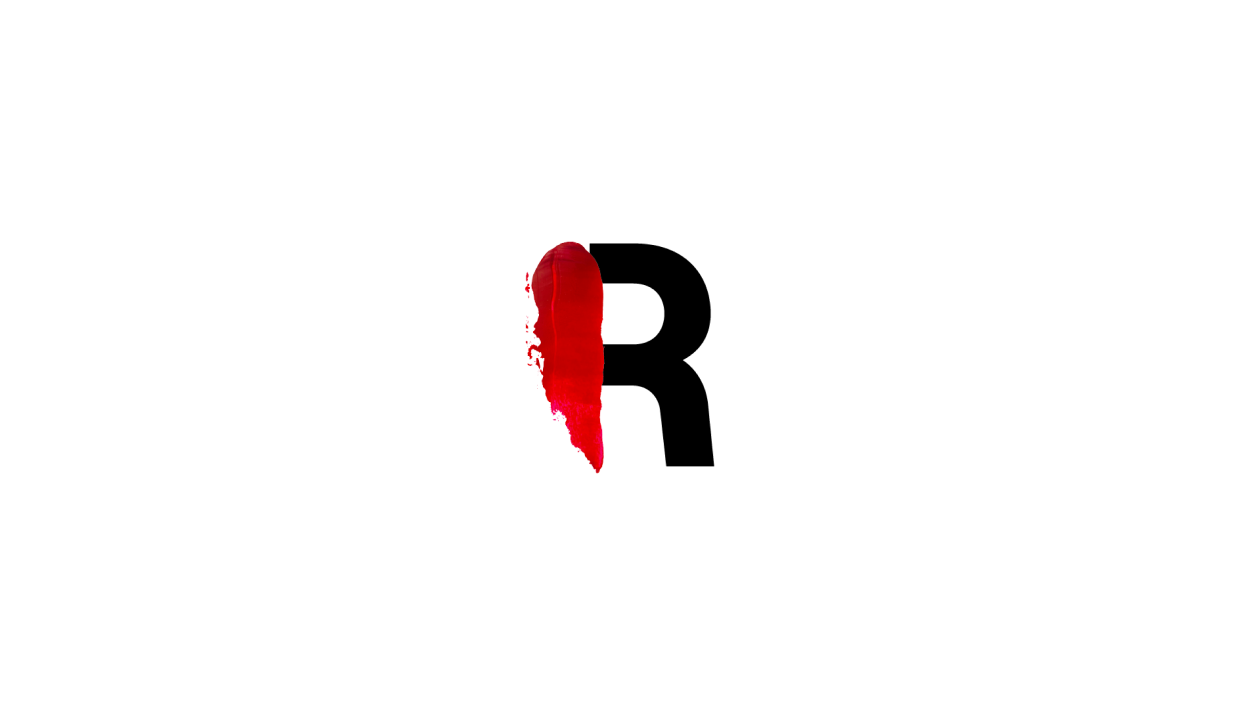
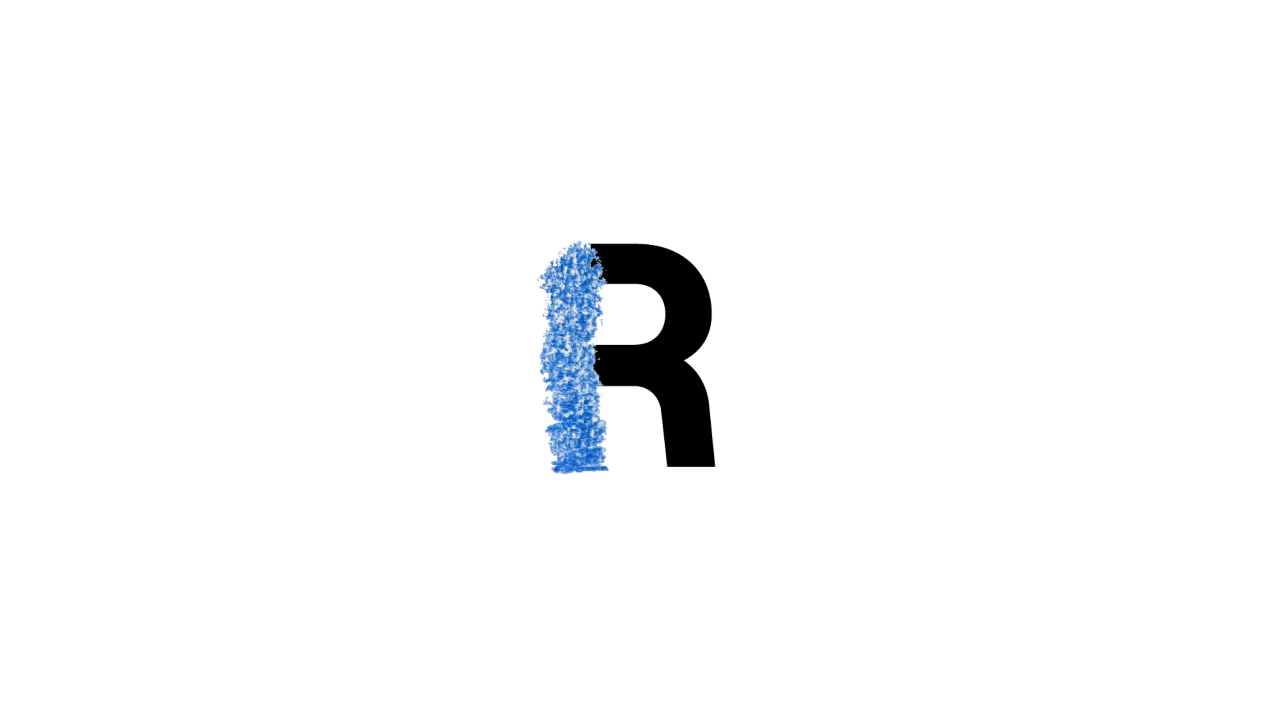
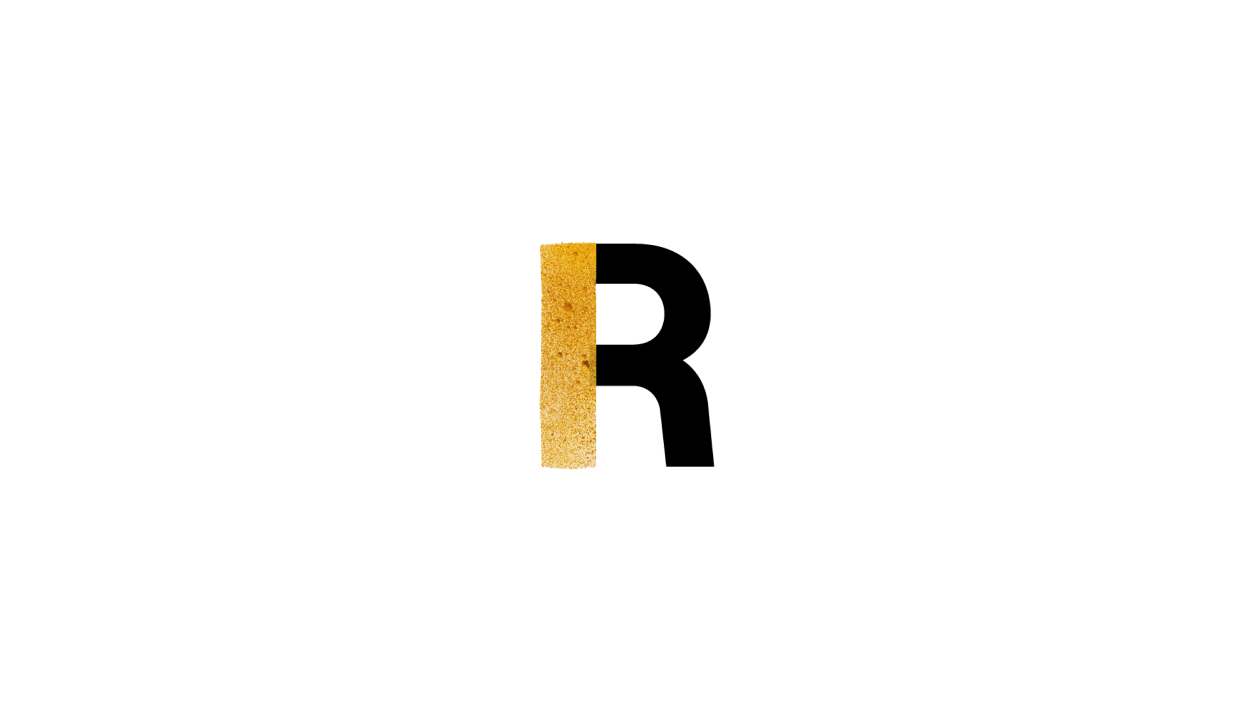
The hasART of the play!
Play was important to Jean Paul—he was known as a playful joker throughout his adult life.
Solving riddles can be a great way to learn about the surrealist artists who inspired Jean Paul in his early career and their wonderful imaginations! Here’s a proposal for a creative project that involves games of chance and celebrates the playful side of this great artist! Representing the liminal space between reality and fantasy, chance is a welcome element in the creative process. Now there’s an interesting creative challenge!
Read more
Intentions
Intentions
- Become acquainted with Jean Paul Riopelle through play;
- Develop an ability to appreciate works of art;
- Develop an ability to create;
- Experiment with modelling techniques;
- To appropriate the disciplinary vocabulary.
Project summary
Create a sculpture in the round from two random theme cards drawn from the deck. The combination of these two themes determines the piece’s overall theme.

Approximate time
4 hours

Technique
Modelling
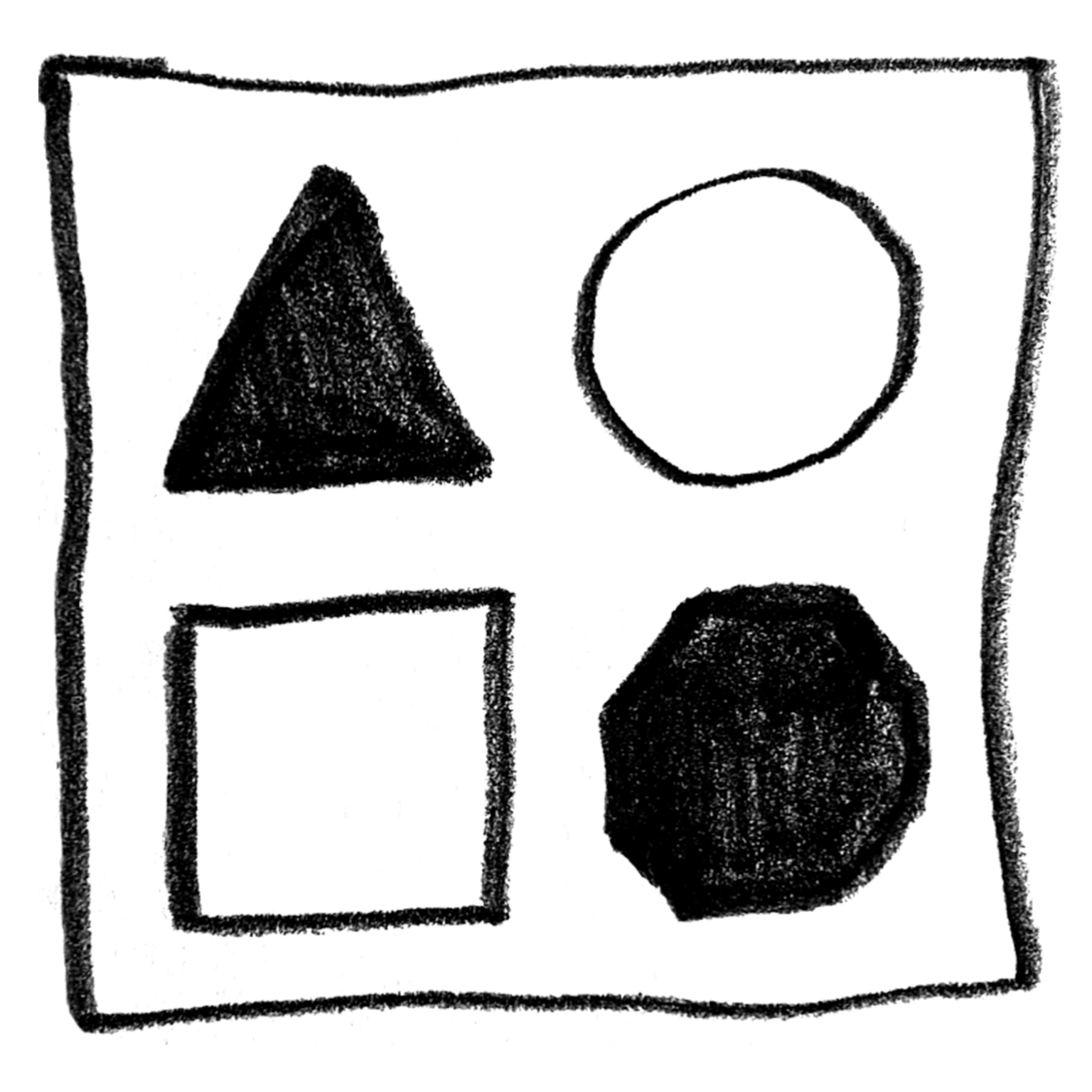
Notions
Modelling spheres
A circular 3D object created by rolling malleable clay between hands.
Modelling coils
A cylindrical shape obtained by using hands and fingers to roll malleable clay over a smooth surface.
Modelling slabs
A flat, round disk made while modelling by flattening a sphere with fingers or hands.
Pinching (with Hands)
A modelling technique used to transform malleable clay by firmly pressing it between fingertips (modelling clay, air-drying clay, clay, etc.).
Digging
The action of creating grooves and holes by removing material.
Printing (or Print)
The technique of reproducing an element by pressing a tool over a surface (paper, cardboard, etc.) to obtain a print.
Wood Modelling Tool
A modelling tool with a wooden handle and tip that comes in a variety of different shapes. It is used to dig or remove extra material while modelling clay.
Wire Modelling Tool
A modelling tool with a wooden handle and a tip made of looped wire. It is used to dig or remove extra material while modelling.
Fixing (or Fix)
A gesture used in modeling, shaping or assembling that consists of using a strategy (e.g., pinching a malleable dough with the fingers) or using an adherent substance in order to join different elements.
In the Round
Real volume that can be measured (width, height, depth). It is usually a sculpture that can be observed from all sides.
Real or Represented Texture
Elements that form a material's surface. Texture can be real or represented.
Real texture can be observed and felt. It's the result of repeated gestures that create real marks on a surface (lines, points, drips, etc.).
Represented texture is when real texture is imitated on a two-dimensional surface using graphic elements (lines, points, drips, etc.) to reproduce real elements (fish scales, animal fur, bird feathers, etc.).
Pattern
A repeated decorative design. Patterns can be observed on fabrics, tapestry, plates, etc.
Barbotine
A sticky substance obtained by mixing clay with water. The slip is used to fix together two parts of a clay model.
Material
Available for the final piece
Optional materials to colour the clay
Context
Paul-Émile Borduas introduced Riopelle and his artist friends to André Breton’s surrealist movement. Following intuition, avoiding imitation and letting go of preconceived notions are among the movement’s main tenets. Playing is one of the ways artists come up with new ideas—and games almost always involve some element of chance. Riopelle loved the circus, especially clowns, and always enjoyed playing tricks, string games, card games and creative play!
Following in the steps of Jean Paul and his surrealist friends, this activity is a way to create and pay homage to the element of chance in the creative process.
This activity invites participants to discover modelling while playing with chance to inspire their creations.
Take it one step further
Optional activities to complete during or after the project
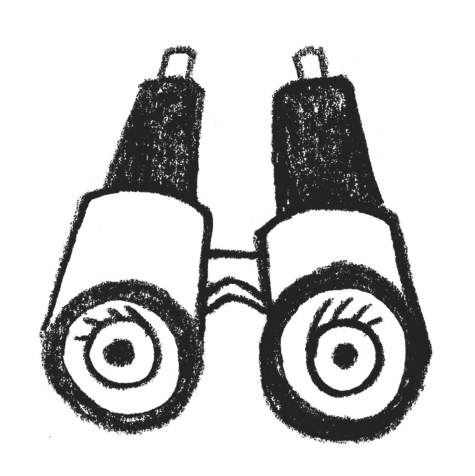
Digital fun
Interdisciplinary ICT ideas;
Record an original piece.
- Record the poem you wrote in the Play with Storytelling option with an app like Google Recorder. The audio recording can be made accessible through a QR code during an exhibition.
Play with storytelling
Write a story.
- Write a short, fun poem using the two words that served as inspiration for your sculpture.
Have fun with philosophy
A way to introduce philosophy to children;
Use a philosophical question as a starting point for a thought experiment.
- Explain what philosophy is;
- Set the parameters: listen to others, don’t pass judgment, don’t laugh at others, respect different opinions, etc.;
- Introduce the following questions:
- What is play?
- Are games good for us?
- Why do we enjoy playing?
- How can play be brought into schools?
- Invite students to discuss these questions;
- Invite students to express whether they agree or disagree with their classmates;
- Encourage students to explain their ideas: “what do you mean?” or “can you give an example of your idea?”;
- Invite students to create a table that categorizes the actions we can take toward Mother Earth as either Caring or Destructive;
- Share the answers out loud;
- Throughout the exercise, jot down the answers in a mind map.
Variation
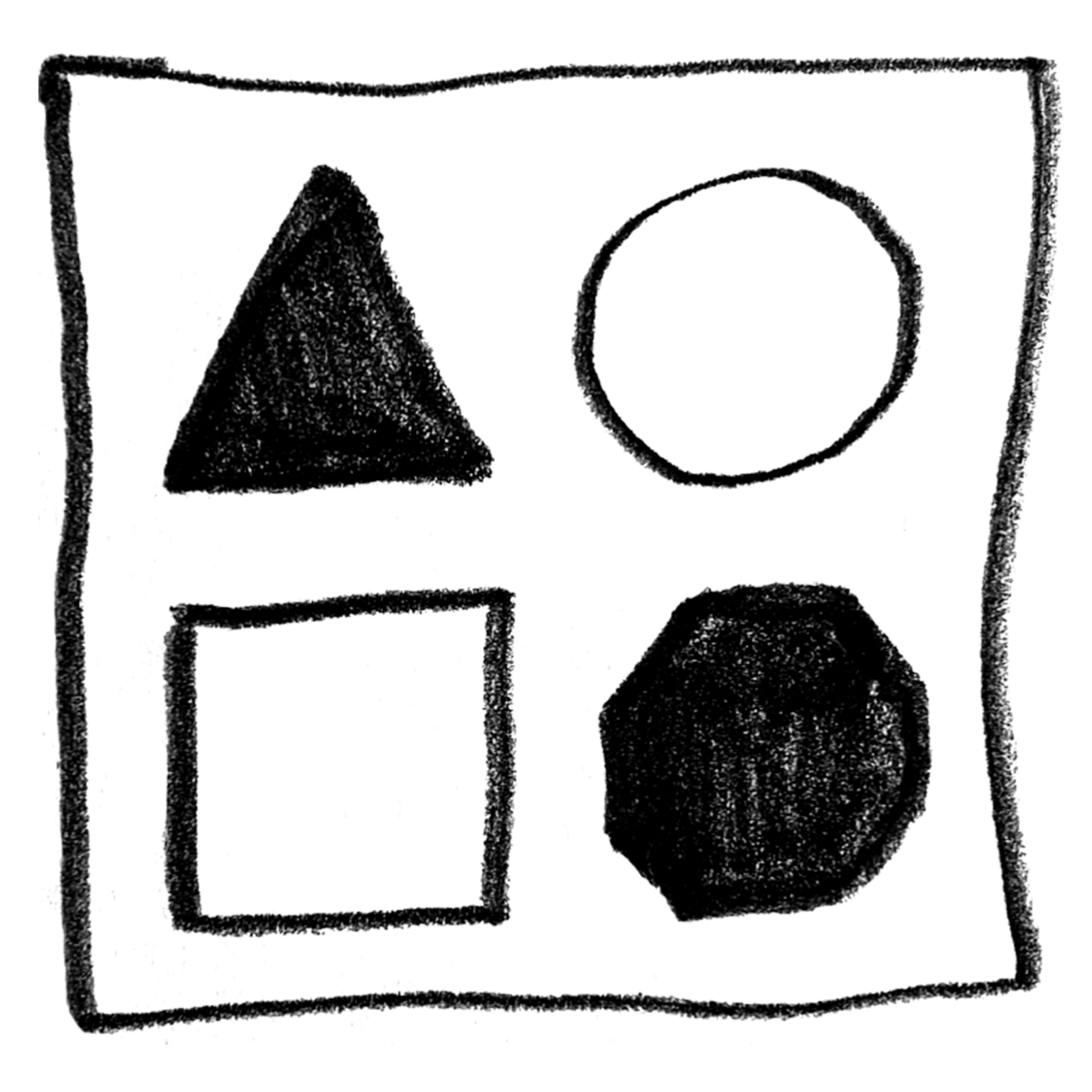
Beginner
Create the sculpture from only one drawn card;
Skip the basic exercise.
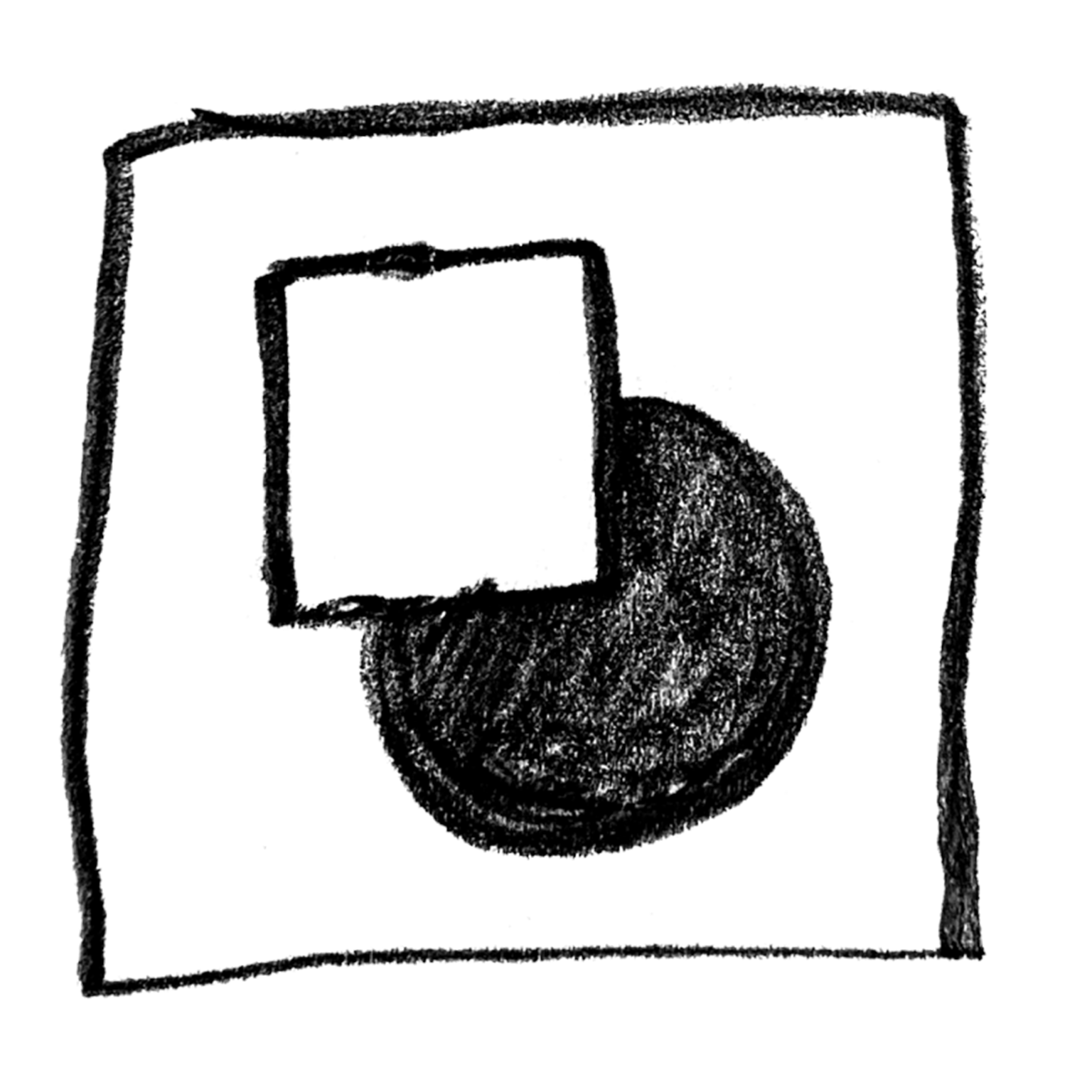
Intermediate
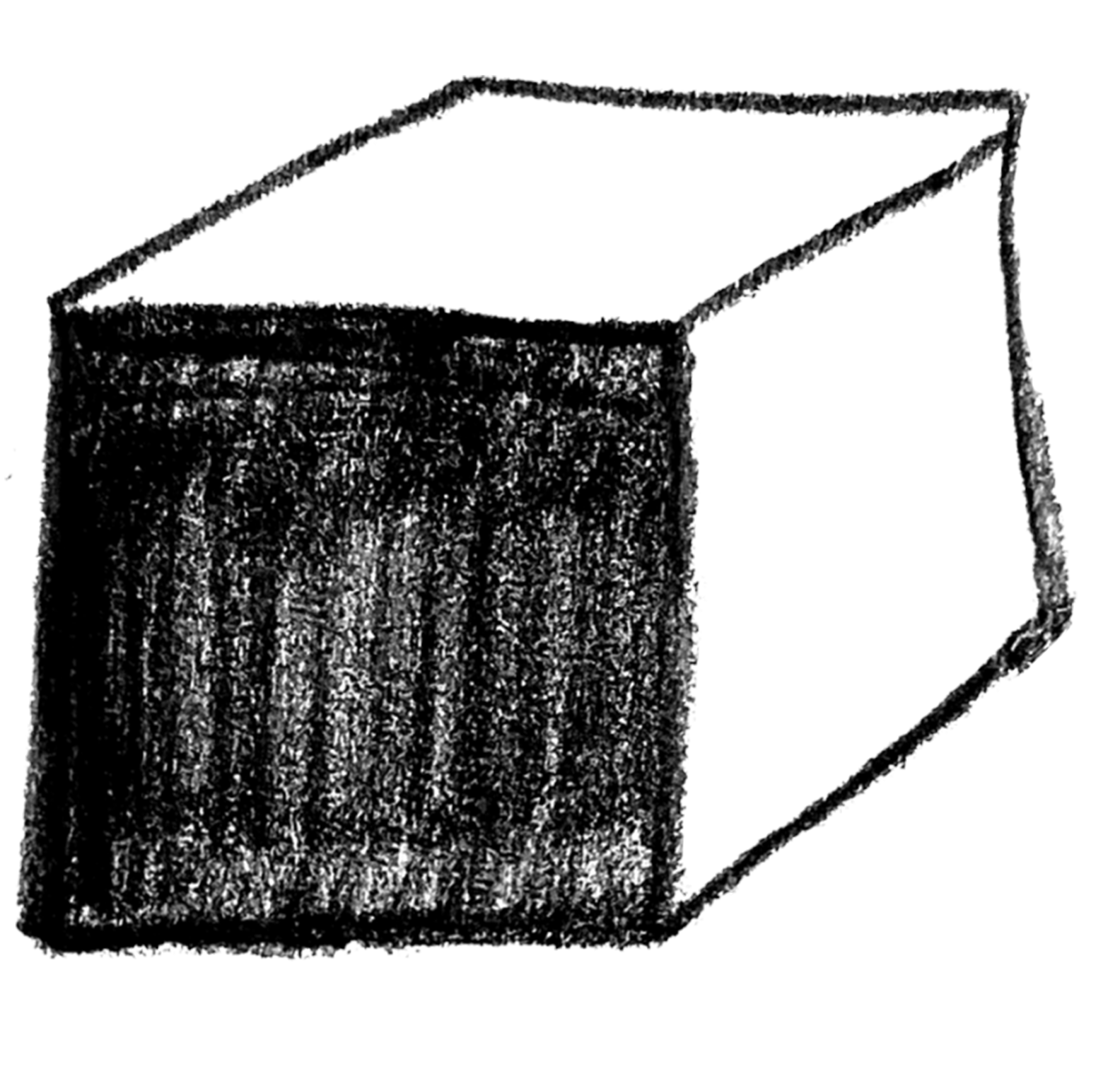
Advanced


